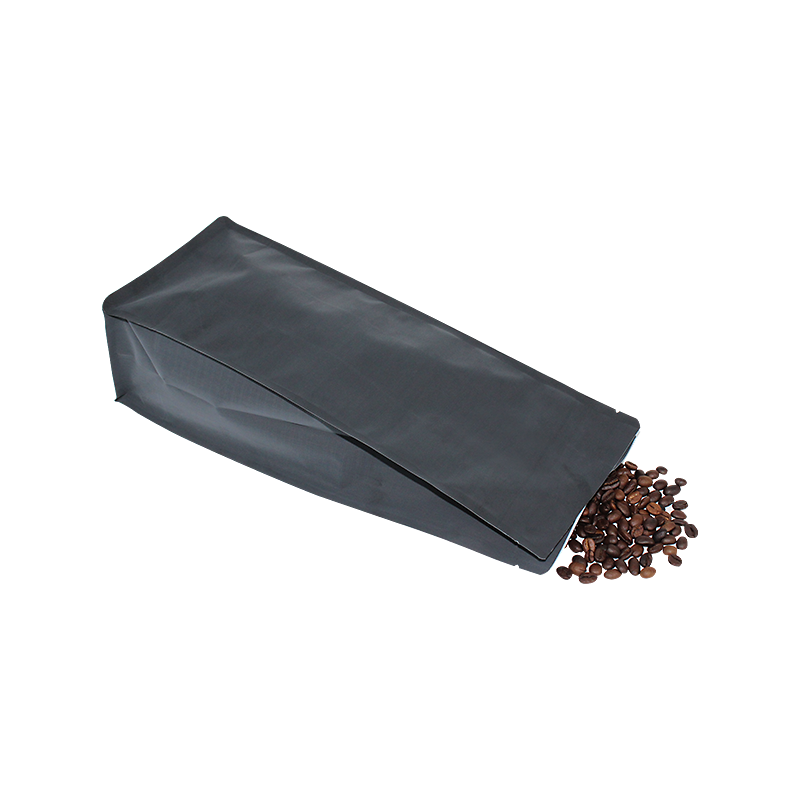Understanding the Differences Between Primary and Secondary Packaging in Product Distribution
Understanding Primary vs. Secondary Packaging A Comprehensive Overview
Packaging plays a crucial role in the marketing and lifecycle of consumer products. Within this domain, two terms often arise primary packaging and secondary packaging. Understanding the distinctions between these two types of packaging can help businesses make informed decisions when it comes to product safety, shelf life, branding, and consumer convenience.
Definition and Functionality
Primary packaging refers to the first layer of packaging that directly encloses the product. It is designed to directly contain the product and protect it from environmental factors that could compromise its quality, such as moisture, air, or light. Common examples of primary packaging include bottles, jars, boxes, and blisters—anything that directly contacts the product.
On the other hand, secondary packaging is the external layer that groups primary packages together for distribution, handling, and retail display. It often serves a logistical purpose, facilitating the transportation of products and providing additional protection. Common examples of secondary packaging include cartons, boxes, and shrink wraps that might hold multiple primary packages.
Importance of Primary Packaging
The significance of primary packaging cannot be overstated. It serves multiple critical functions that directly affect the product's integrity. For instance, effective primary packaging can
1. Protect the Product The primary objective is to protect the contents from physical damage and contamination. This is particularly important for perishable goods or pharmaceuticals, where maintaining the integrity of the product is paramount.
2. Preserve Freshness and Shelf Life Primary packaging often includes features like vacuum sealing or barrier properties to deter the entry of oxygen or moisture, thus prolonging the product's shelf life. For example, coffee bags typically contain one-way valves to let gas escape while preventing air from entering.
3. Provide Information It serves as a communication tool between the brand and consumers. The primary package often displays vital information like ingredients, nutritional facts, usage instructions, and safety warnings.
primary vs secondary packaging

4. Enhance User Experience Features such as easy-open designs, dispensers, or resealable seals are tailored to improve consumer convenience and satisfaction, thereby fostering brand loyalty.
Importance of Secondary Packaging
While primary packaging focuses on direct product protection, secondary packaging comes into play at a different stage of the product's lifecycle. Its importance lies in several areas
1. Facilitate Distribution Secondary packaging is crucial for transportation logistics. It allows for the efficient stacking and handling of multiple items, enabling easier storage and conveying in warehouses.
2. Branding and Marketing Secondary packaging provides an additional canvas for branding. It enables companies to reinforce their brand identity through design and messaging, often catching a consumer’s eye on the shelf.
3. Product Security Secondary packaging often adds an extra layer of security and tamper-proofing, helping to assure consumers that the product they are purchasing has not been compromised.
4. Sustainability Considerations More brands are focusing on reducing their environmental footprint by using eco-friendly secondary packaging materials or optimizing box sizes to minimize waste.
Conclusion
In conclusion, primary and secondary packaging represent two distinct yet complementary components of the product lifecycle. Primary packaging is paramount for protecting and preserving the individual item, ensuring its quality and consumer safety. Conversely, secondary packaging plays an essential role in the efficiency of distribution and marketing of products.
By recognizing the functions of both types of packaging, businesses can optimize their packaging strategies, ensuring the product reaches the consumer in the best possible condition while reinforcing their brand identity. As the market continues to evolve, understanding these packaging concepts allows for innovative approaches that enhance consumer engagement and sustainability—a win-win scenario for both businesses and customers alike.













